History is a discipline for those who are driven by curiosity. Whether you are fascinated by events that changed the world, or want to learn about the ordinary people who made these events happen, the inspiring and award-winning faculty in the UBC Department of History offer incredible courses that will help you form and deepen an understanding of how the world as we know it came to be.
All undergraduate courses at UBC History are offered without prerequisites and are open to all students. Ready to learn more? Check out some amazing 2022/2023 HIST courses below! You can find all the department’s 2022/2023 course offerings here.
HIST 101 World History to Oceanic Contact (Global History to 1500 CE)
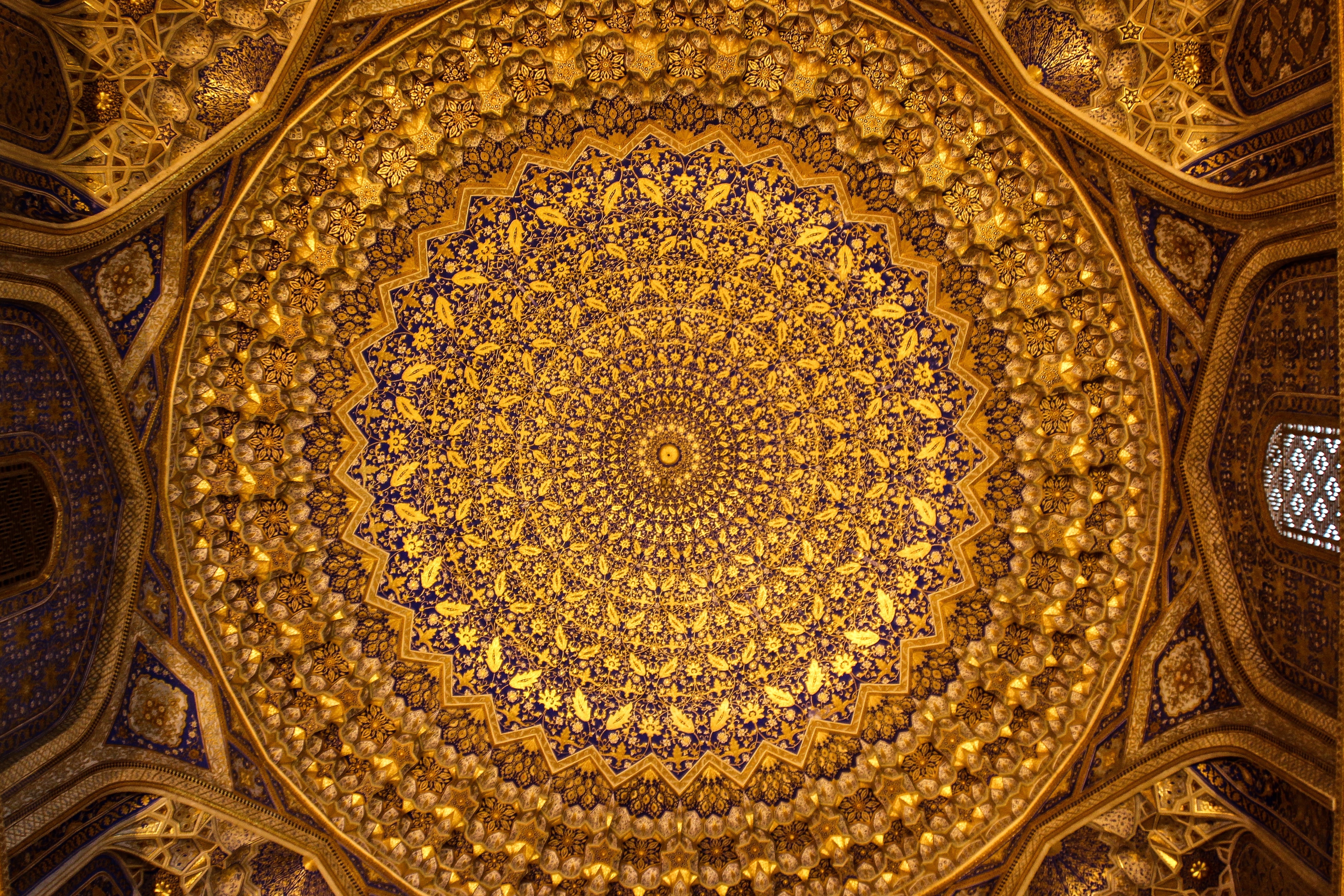

Bibi-Khanym Mosque, Samarkand, Uzbekistan; Image credit: Yumi Kim on Unsplash
Instructor: Dr. Sara Ann Knutson
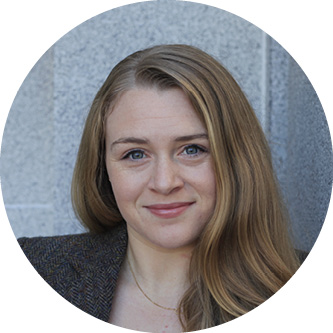


Dr. Sara Ann Knutson
Why did you choose this image to represent the course?
The “Silk Road” is imagined as a network of people, plants, animals, languages, religions, and landscapes that existed in the premodern world. In this course, we examine global connections such as this in order to reflect on what the world was like, ca. 1500, when it was disrupted by oceanic contacts.
Why are you excited to teach the course?
I am excited to help students question what they think they know about the premodern world and the common assumption that ancient and premodern times were less “advanced” than our interconnected contemporary world. I also look forward to exploring what “global” means to students in their daily lives and experiences.
What can students expect from the course?
This course introduces students to World History from ancient times to the end of the fifteenth century. Students will learn about the practice of doing History. Our goal is not to absorb random historical “facts”, but to learn how to think historically and to strive to understand how people in the past understood their world. This will not be a writing-intensive course. No previous experience with History courses is expected or required.
HIST 104G Topics in World History: The Soviet Union and its Global Impact
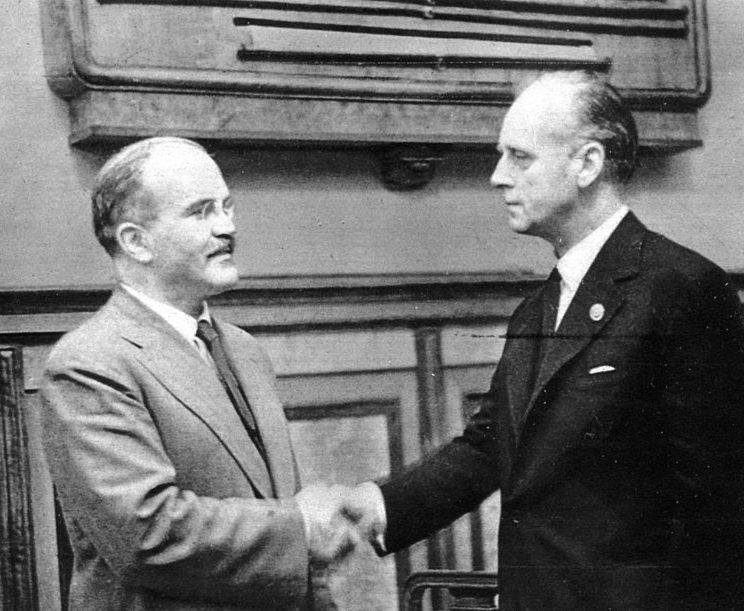

Soviet Foreign Minister Vyacheslav Molotov (L) agrees to terms with Nazi Germany’s Joachim von Ribbentrop (R) in August 1939. The two agreed that their respective countries would not attack each other, ostensibly ensuring peace between two world powers. The agreement also contained the “secret protocol” which divided Poland between the two countries. Weeks later, on 1 September 1939, the Second World War began in Europe. By June 1941, the Soviets were at war with Nazi Germany. Source: https://simple.wikipedia.org/wiki/Molotov-Ribbentrop_pact
Instructor: Stevan Bozanich
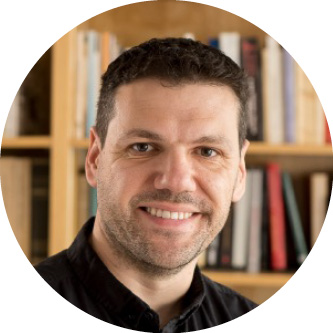

Stevan Bozanich
Why did you choose this image to represent the course?
This image depicts the sometimes contradictory, often confusing, and always interesting foreign policies of the Soviet Union and its successor state, Russia. To me, this image symbolizes the USSR’s ability to position and pivot during high-stakes moments.
Why are you excited to teach the course?
I am most looking forward to contextualizing some of the historical events which we now see occurring in Eastern Europe. I want to help students understand better what got us here, and I am excited to be part of that process.
What can students expect from the course?
Students can expect to experience opportunities to improve their writing through essays, think more clearly and critically in both discussions and in written work, and to challenge themselves and their peers through guided discussions and debates.
HIST 342 Finding the Personal in Modern Jewish History
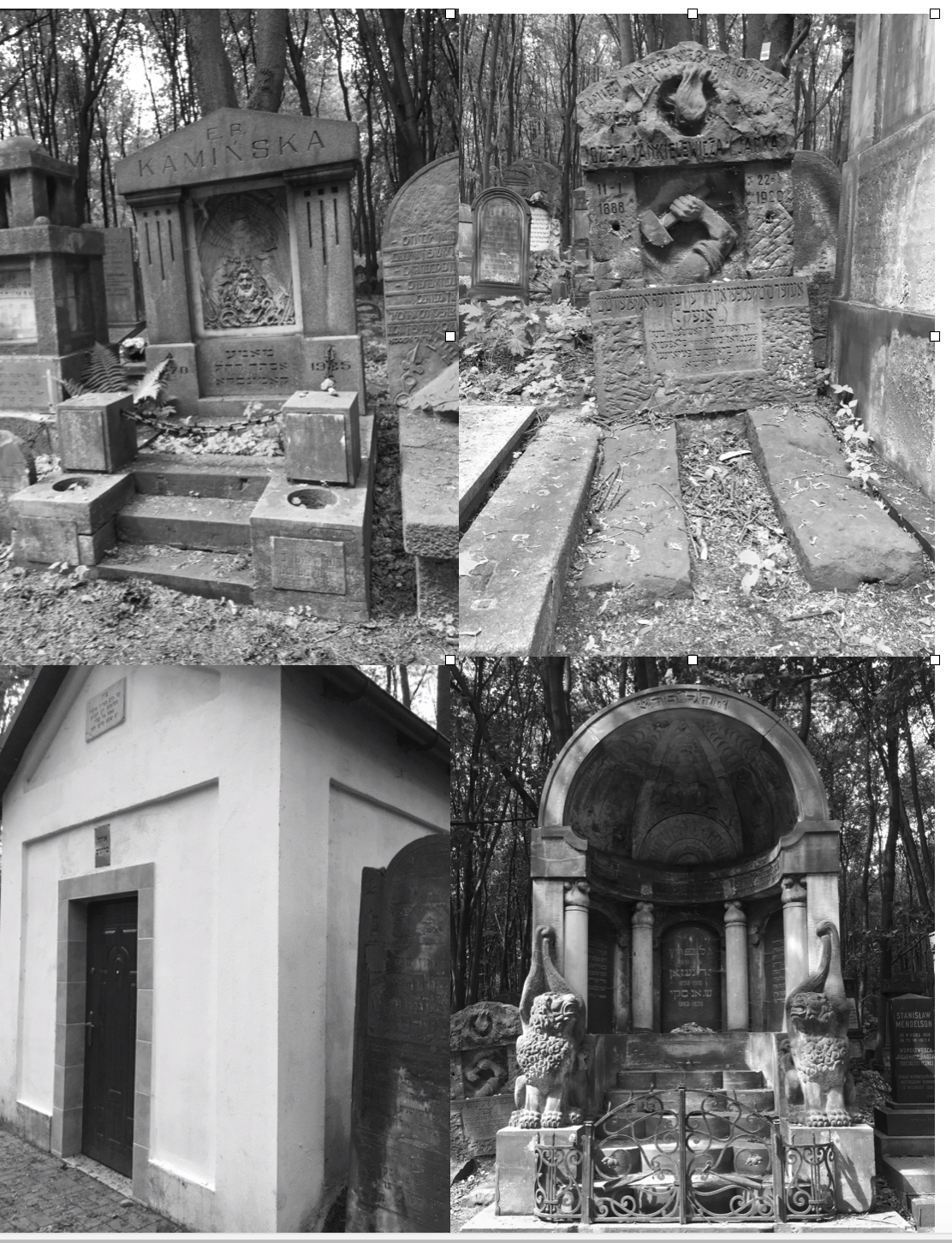

A collage from the Jewish cemetery in Warsaw, one of the largest in the world. Clockwise from top left: the grave of a famous actress of the Yiddish stage, E.R. Kaminska; a tombstone of a Jewish communist; a shrine to Yiddish cultural figures, notably the author Y.L. Peretz; and the pavilion of a Hasidic leader. Compilation photo by Richard Menkis
Instructor: Dr. Richard Menkis


Dr. Richard Menkis
Why did you choose this image to represent the course?
In this course, we emphasize the heterogeneity of the Jewish world. By way of illustration, I have created a collage from the Jewish cemetery in Warsaw, Poland, one of the largest in the world. The cemetery is a cacophony of gravestones and other memorials, reflecting the heterogeneity of the Jewish world. Clockwise from top left we have the grave of E.R. Kaminska, a famous actress of the Yiddish stage; a tombstone of a Jewish communist; a shrine to Yiddish cultural figures, notably the author Y.L. Peretz; and the pavilion of a Hasidic leader.
Why are you excited to teach the course?
This course uses memoirs and diaries to bring to life the social, cultural and emotional history of Jews from 1500 to the present. I look forward to giving students the background history and giving them the opportunity to read from the primary sources. The memoir and diary writers all have distinct and engaging voices.
What can students expect from the course?
Students will be graded on the basis of participation in the weekly discussions, two take-home exams (mid-term and final), and a paper in which they analyze several short memoirs of North American Jews. Students have the option of submitting, in advance of the deadline, a draft of the paper, which will be returned with a tentative grade. They can then decide to revise on the basis of the comments and grade on the draft.
Hist 353A The Abbasids: History, Heritage, and Memory
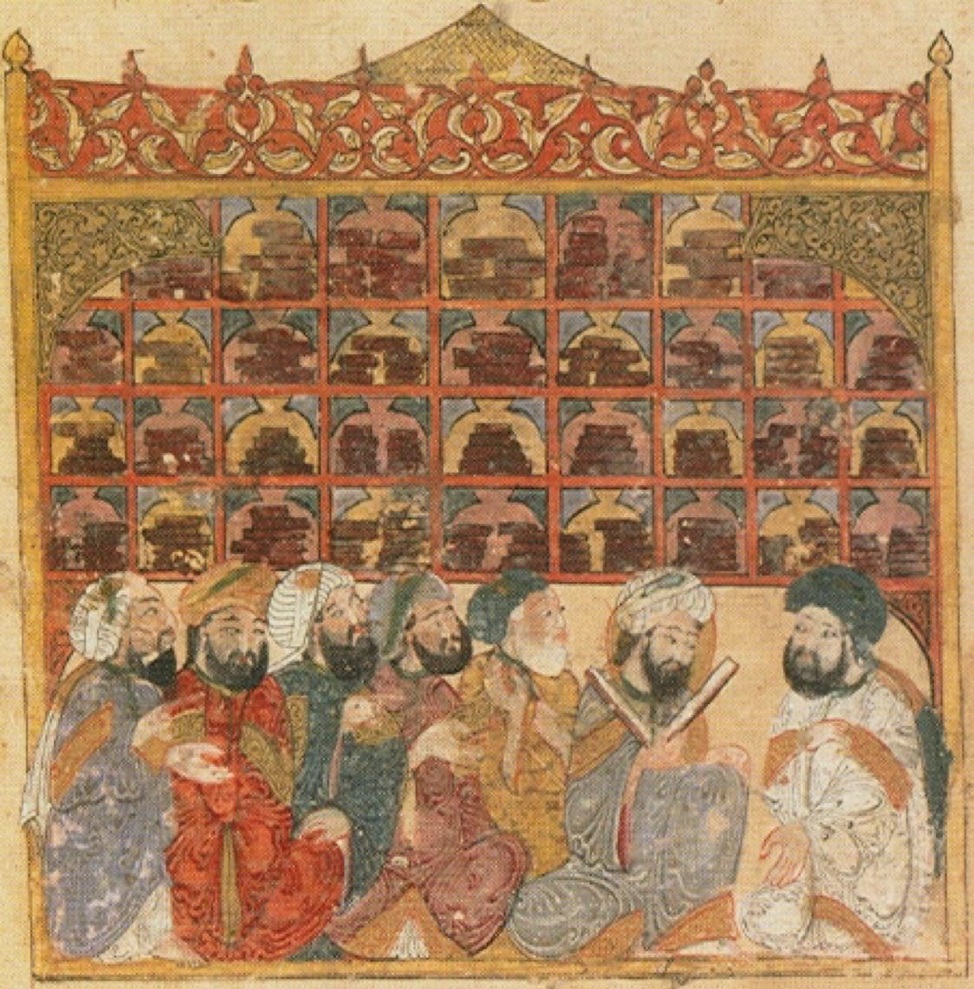

Abbasid-era scholars in the 'House of Wisdom', a centre of learning, in Baghdad. Image from book 'Maqamat al-Hariri'; Image artist: Yahya al-Wasiti, 1237 CE.
Instructor: Dr. Sara Ann Knutson



Dr. Sara Ann Knutson
Why did you choose this image to represent the course?
The Abbasid Caliphate is considered the Golden Age of the Islamic World for its intellectual and artistic achievements. This image speaks to the emergence of Baghdad as an intellectual centre. In our own centre of learning, we will examine the Abbasid past and how its legacy still resonates today.
Why are you excited to teach the course?
I am excited to explore with students the textual and archaeological traces of the Abbasid Caliphate and to teach students how we might examine these materials to understand this period in Islamic history. I also look forward to thinking through with students how this historical legacy still matters to people today.
What can students expect from the course?
This course explores the political, economic, social, and cultural history of the Abbasids and their contributions to the Islamic World and beyond. We will also investigate how history of the Abbasids lives on in our present day in textual and material archives and in intangible heritage practices. As historians, we will engage historiographic debates, digital methods, public-facing history, and current discussions on heritage and memory to help us analyze the Islamic past and its ongoing relevance to our world today. No prior knowledge of the Islamic World or the Arabic language is required for this course.
HIST 369 Europe, 1900 – 1950


Explosion by George Grosz, 1917.
Instructor: Dr. Michael Lanthier
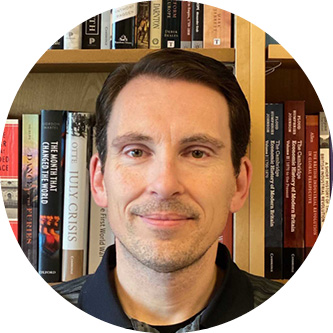


Dr. Michael Lanthier
Why did you choose this image to represent the course?
This 1917 painting by George Grosz, “Explosion”, is a powerful expression of the horror and sense of dislocation that was experienced by many Europeans during a bloody total war that dragged on longer than anyone had expected. In hindsight, it also represented the ensuing period of chaos, revolution, uncertainty, and renewed war.
Why are you excited to teach the course?
This period in European history captures the imagination because of its chaotic nature and violence. Yet, if we look beyond the drama and horror, we see a recognizably modern world taking shape, in which the lives of many people are improving steadily.
What can students expect from this course?
Students can expect to gain a better appreciation of the period through carefully reading first-person accounts produced by a variety of actors, including marginalized, oppressed ones.
HIST 370 Europe Since 1950


Slum in Nanterre, France just outside Paris, late 1960s, with the new, hyper-modern Central Business District in background.
Instructor: Dr. Michael Lanthier



Dr. Michael Lanthier
Why did you choose this image to represent the course?
Nanterre, France, was infamous for its bidonville (slum) until the 1970s, but similar sights could be found in many parts of the country and throughout Europe. The contrast with the gleaming, hyper-modern, American-influenced business district of sky-scrapers says much about the divide between rich and poor.
Why are you excited to teach the course?
As suggested by the image above, Europe since 1950 has been a study in contrasts and paradoxes: far from a homogeneous, well-off, stable region of the world, it was a place that experienced modernization and its associated changes over a short period of time. Things were in constant flux, and the problems faced by Europe today aren’t always as new as they seem to be.
What can students expect from this course?
Students will have the opportunity to engage with this tumultuous, complex history and will be able to study a part of Europe or a topic that is of particular interest to them: we can’t possibly cover such a vast area comprehensively, and so students will be encouraged to venture far afield and do research on smaller countries.
HIST 478 Medieval Portraits & Personalities
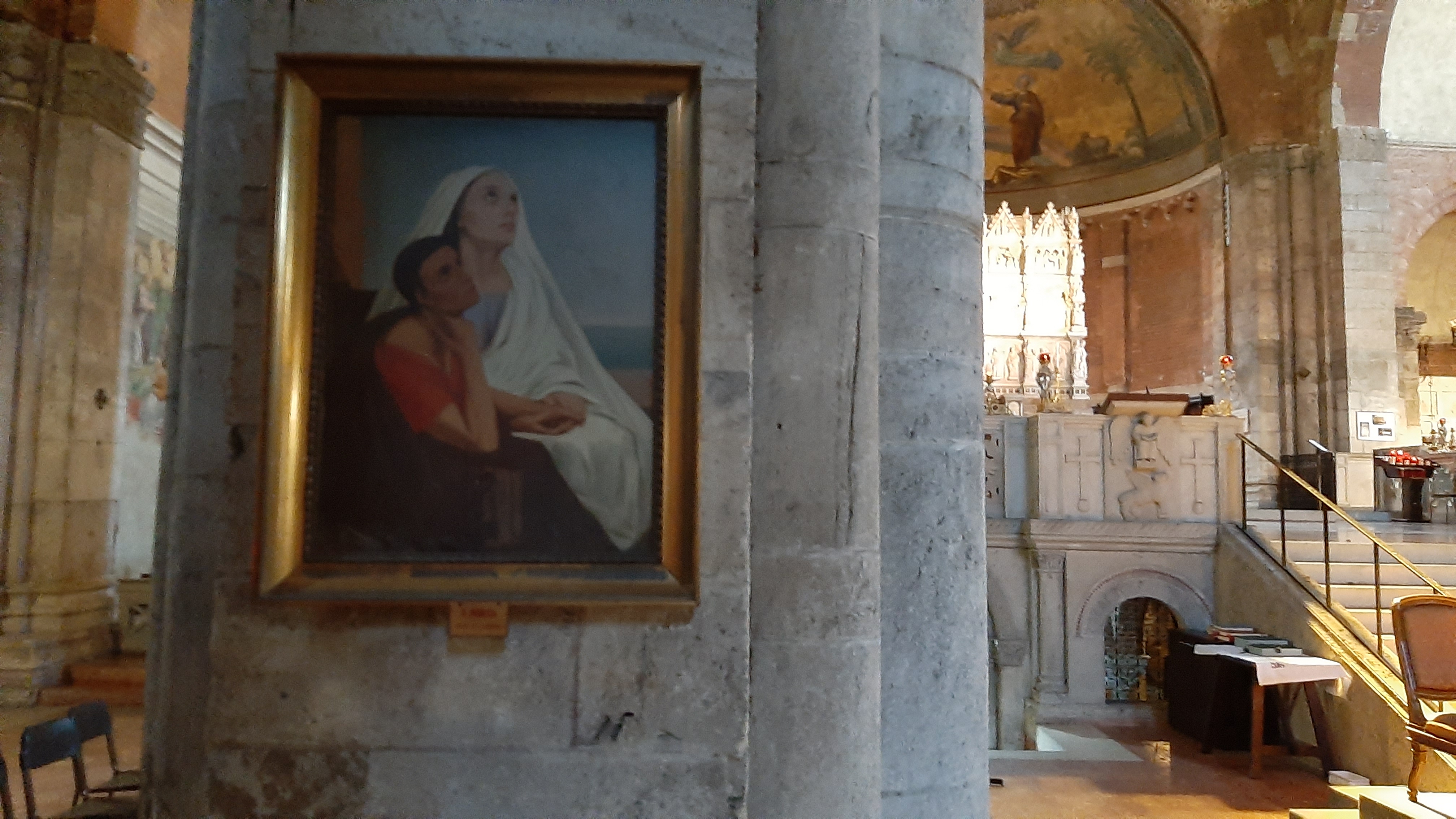

A nineteenth-century depiction of Saint Augustine and his mother, Saint Monica, displayed in the Basilica of San Pietro in Ciel d'Oro (Pavia, Italy), where Augustine’s bones are purportedly preserved. Photo by Josh Timmerman.
Instructor: Dr. Josh Timmermann
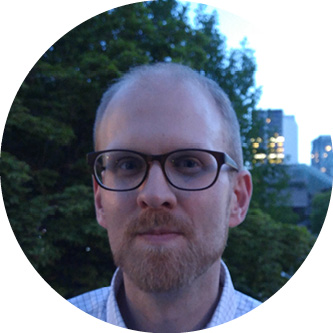

Dr. Josh Timmermann
Why did you choose this image to represent the course?
Why are you excited to teach the course?
I am very excited about exploring in depth the question of knowability with regard to premodern individuals. To what extent can we in the twenty-first century really come to “know” people from the very distant past – including even the most famous and well-documented figures of Late Antiquity and the Middle Ages, such as Augustine and Monica, Charlemagne, and Abelard and Héloïse?
What can students expect from this course?
Students will be expected to engage in thoughtful class discussion about the week’s topic and readings and to submit brief, informal weekly response papers. There will also be two essay assignments: a shorter paper due at the end of the reading break and a longer one due near the end of the term. Exams will not be given for this course.


